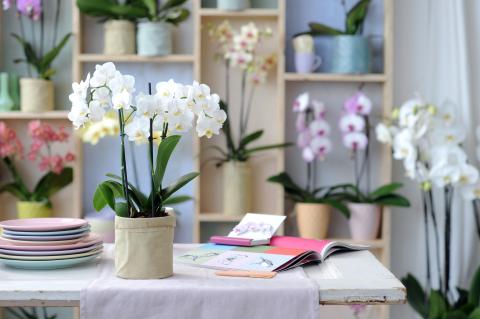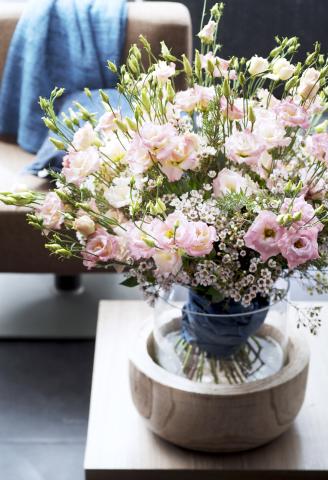The Hydrangea season has kicked off, which seems to happen earlier every year, and so we thought it was time to put this beautiful plant in the spotlight. The first Hydrangeas of the season are always a bit soft but as Spring progresses and the weather improves, so too will the quality of the plants.
The Hydrangea is a timeless plant for both indoor and outdoor use. As you probably know, an indoor Hydrangea can also be planted in the garden, where it will continue to thrive and bloom for decades, providing it receives the proper care that is.


